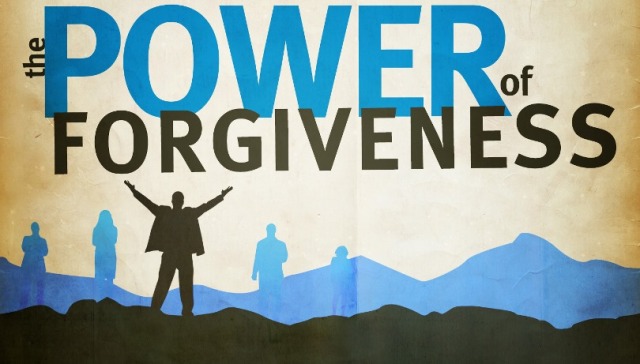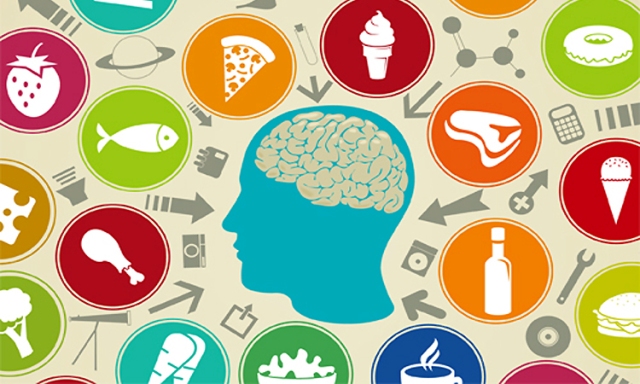Provided by Drew Angus, DMin
Director of Spiritual Outreach, Cancer Treatment Centers of America
Maryanne’s aging parents are still independent but they need more support than ever. Her Dad has a complicated health history including diabetes and a recent recurrence of cancer. Maryanne has three siblings who all live within an hour drive to their parents, however, Maryanne is the child who seems to always take her parents to the doctor and is in daily contact with them. Maryanne’s husband maintains her parent’s lawn and frequently does their home maintenance. Maryanne cooks three meals a week for her folks and stops by to check on them almost every day, all while managing her own household and working full time. In addition, Maryanne has recently gained added responsibilities with her daughter’s upcoming high school graduation. Recently, she asked her siblings if they could take over some of the duties of supporting their parents during the coming month. None of her siblings stepped up to the plate and each had excuses that did not seem valid. Once again, Maryanne was stretched thin with responsibilities and work that left her exhausted and angry. “I am disgusted with my siblings. Why do they have to be so selfish? I just need them to pull their weight and help Mom and Dad especially when I have so much on my plate already!”
During the course of any given day many of us get angry at least once. Something or more likely someone becomes a source of anger or frustration. There are a number of reasons why we get angry with people, but let me suggest a few of the most common:
- Injustice. We all have a sense of right and wrong and of what constitutes fair treatment. We know when wrong has been committed against us or someone we love, when people don’t do what they say they are going to do, when they don’t pull their weight, etc.
- Hurt. The heart gets wounded. Most of us know what it feels like to be left out; overlooked, undervalued, put-down.
- Fear. When there is a perceived threat to something that gives us a sense of identity or security.
- Frustration. Everyone has a God-given need for significance and to leave a positive mark on the world. We want to see our work make a difference. Sometimes, roadblocks to moving toward our goals are people.
Sometimes we have a hard time letting things go. We have the capacity to stew on offenses and sometimes develop deep pockets of resentment or lack of forgiveness that research shows actually hurts our health over time.
According to Seawell et al. in Pyschology and Health, “As a negative response to interpersonal offense that commonly involves grudge, resentment and revenge, lack of forgiveness has been consistently related to poorer health in published research.”
We know that those who do not forgive show an increase in sympathetic nervous system responses and release more stress hormones over a longer period that will in time affect their health and well-being. In other words, if I don’t forgive someone who has hurt me, the one who will suffer the most is me. So it is important for our friend Maryanne’s own health and well-being to be able to find forgiveness toward her siblings who have let her down.
So if it is so beneficial to forgive, why might Maryanne resist something that is good for her? Harboring an offense can actually feel good! History shows that one of the shadow sides of human nature is self-righteousness. If we are really honest sometimes we really enjoy feeling BETTER than someone else. If Maryanne forgives her siblings, she may sacrifice her sense of being `right’. When we hold onto a grudge it feels like we are in control although, in the long run, we end up being the ones controlled by the very offense that has hurt us to begin with. Another reason Maryanne might resist forgiving her siblings is the false notion that it means that she is letting them off the hook. It is difficult to accept that forgiveness does not perpetuate the hurt and injustices being done.
“Importantly, forgiveness is not condoning, excusing, denying, minimizing, or forgetting the wrong. It can occur without reconciliation, which requires the participation of both parties, if the person who caused the hurt is absent, deceased, or remains unsafe.” (Toussaint et al. Forgive to Live)
“Lack of forgiveness is like drinking poison and expecting the other person to die.” –Nelson Mandela
“Forgiveness can be defined as a freely made choice to give up revenge, resentment, or harsh judgements toward a person who caused a hurt, and to strive to respond with generosity, compassion, and kindness toward that person. It is a process that involves reducing negative responses and increasing positive responses toward the person who cause the hurt, across the realms of affect, cognition and behavior.” Loren Toussaint et al. (Toussaint et al. Forgive to Live)
Family therapist, Ruthanne Batstone, describes forgiveness as, “a willingness to absorb or pay the emotional debt for the offense and not seek revenge or payment in return. The offended person absorbs the price of emotional pain without seeking revenge.”
So if Maryanne forgives her siblings it is not a denial of the pain of their offense to her, rather it is an acknowledgement of the offense and a willingness to absorb the debt without repayment.
How do we find the power to forgive? “Forgive us our trespasses as we forgive those who trespass against us.” This beautiful quote is familiar to many and is taken from Jesus prayer from the Sermon on the Mount. One way to forgive is to remember our own humanity and frailty which will help us develop compassion towards others, even those who have hurt us. All of us who are loved well are also known well and that means we are not loved because we are perfect, but rather loved `warts and all’. If we meditate long enough on being loved by God with others even with our imperfections, it will create the space in our hearts to do likewise and to ‘forgive those who have trespassed against us.”
At Cancer Treatment Centers of America®, we see many people who live with cancer and their caregivers who, like Maryanne, carry immense responsibilities. Our desire is to minimize their stress and optimize their health and well-being by offering forgiveness education as one of many modalities to integrated health and healing.
Scriptural wisdom gives two possible responses to an offense by another. Sometimes you go to the person and talk about the offense, especially if it is needed to keep the relationship free of resentment and for the sake of loving the offender well. Sometimes you overlook the offense if you are able to absorb the debt without resentment and it is a more minor offense. Part of living in any relationship, any community is “patience, bearing with each other in love” (Eph 4:2). So we often need wisdom and discernment to know whether we let an offense go or talk to the person about it. When trying to decide, the guiding principle is LOVE.





















